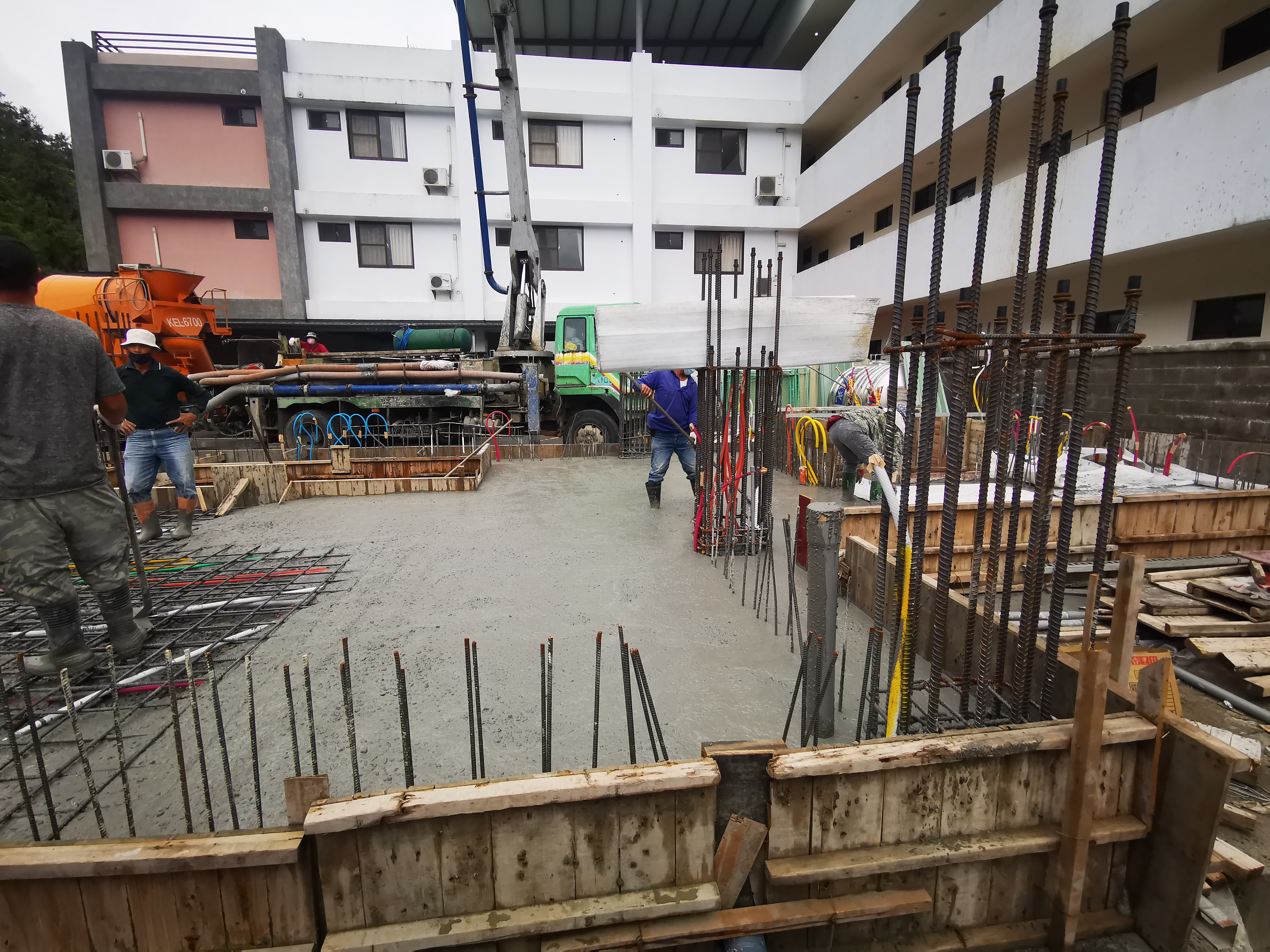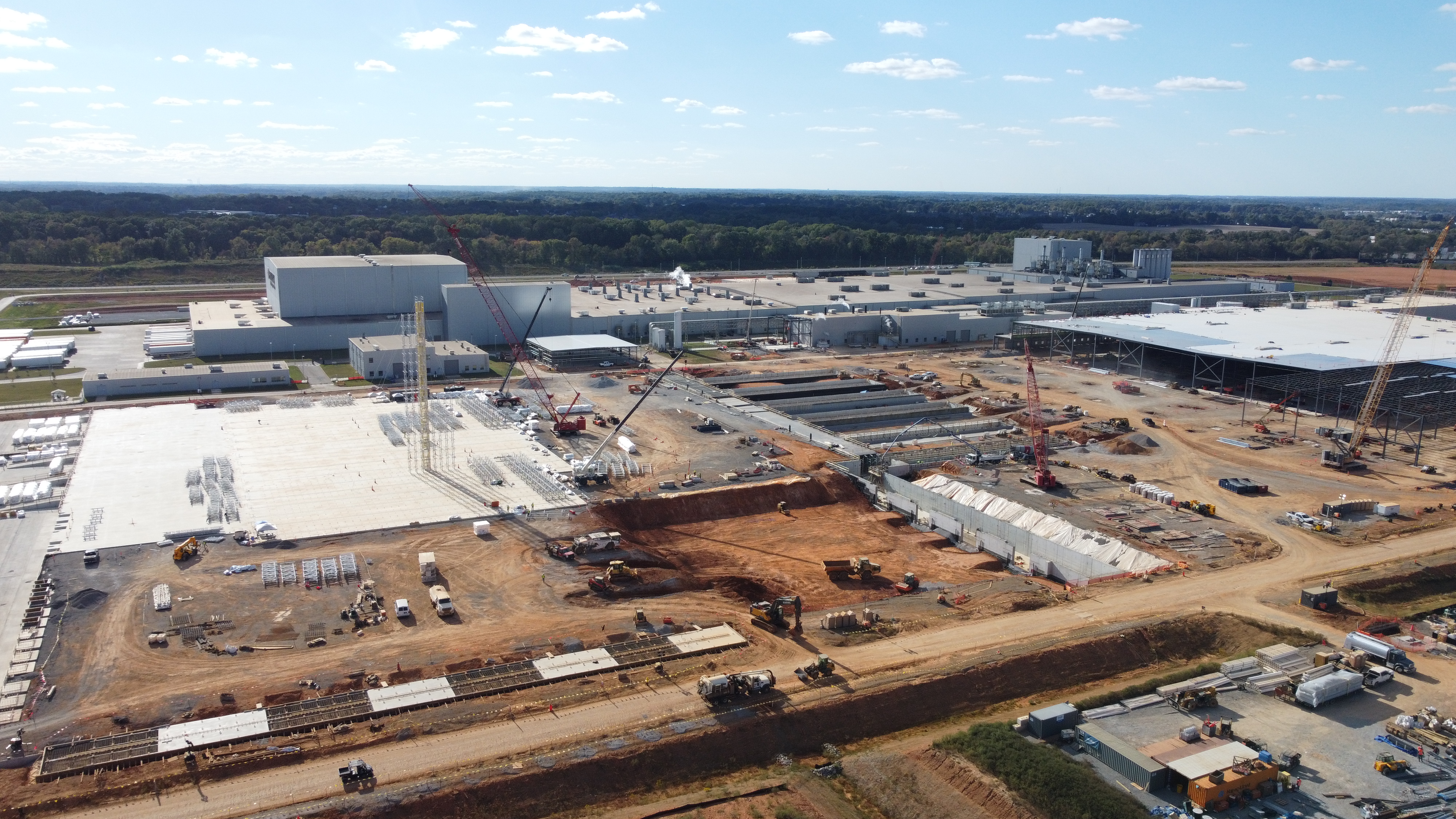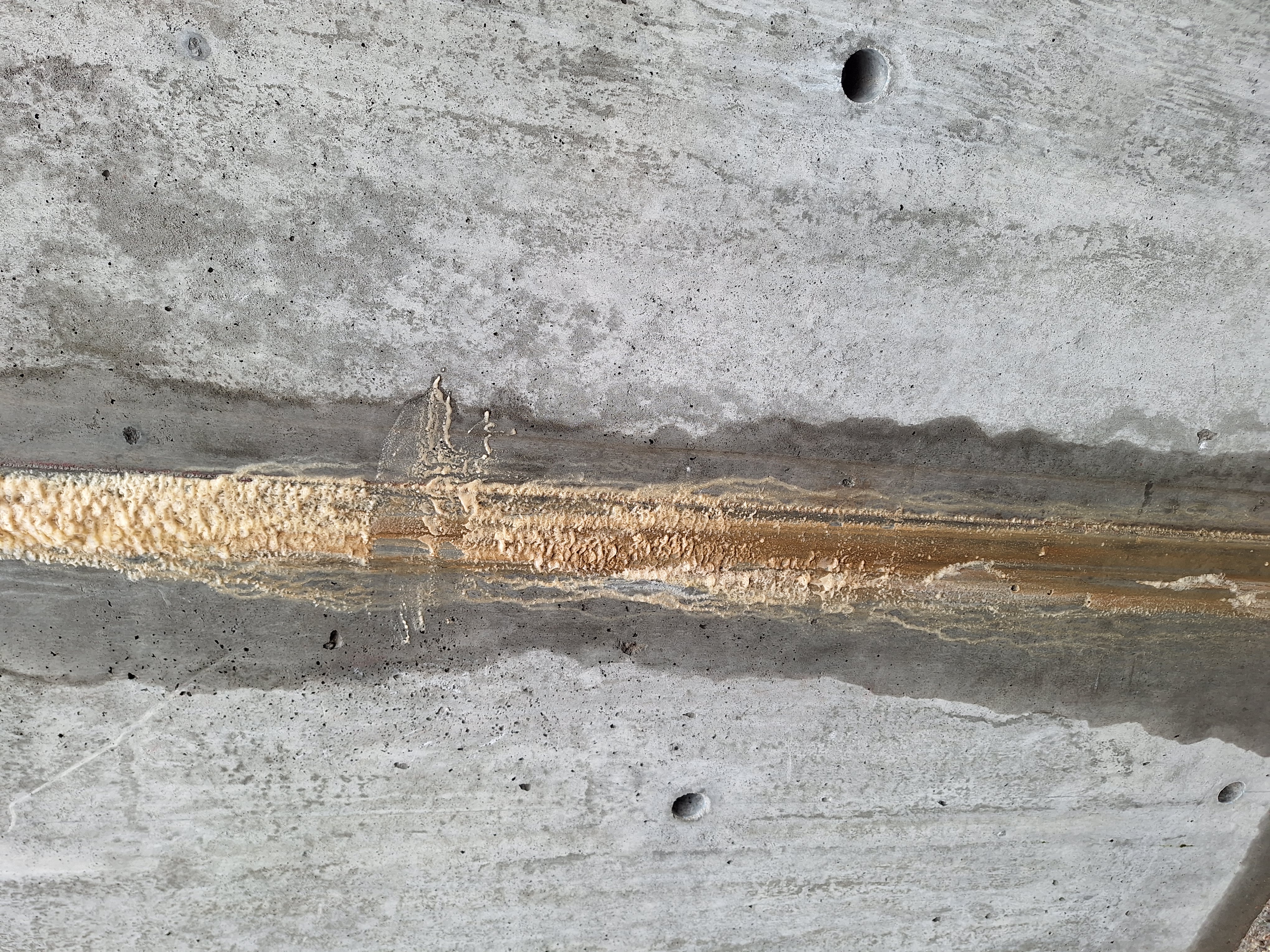Xypex Projects
From subway stations to swimming pools, from bridges to buildings, and in foundations, critical infrastructure, and many other applications around the world, explore our always expanding list of Project Profiles to learn how Xypex Crystalline Technology waterproofs, protects and repairs concrete.
Find Projects

Hotel Beore
Situated in the picturesque Sun Moon Lake Scenic Area in Taiwan, Hotel Beore is a boutique retreat that artfully combines natural inspiration with architectural elegance. Construction began in January 2021, and after nearly three years of dedicated craftsmanship, the hotel officially opened its doors in October 2023.

PACCAR Cab Storage Facility Expansion
PACCAR, a leading manufacturer of heavy-duty trucks, expanded its Sainte-Thérèse facility to increase storage capacity for finished cab units. The new addition required durable, watertight concrete construction to protect sensitive industrial components and maintain efficient operations throughout the year.

Sea La Vie Hotel
The Ksamil project is a 4-story hotel with a basement (1200 m²), built very close to the sea. During excavation, salty water was encountered at only 1 m depth, with a foundation 5.5 m below sea level.

Hankook Tire Manufacturing Facility – Mat Slab and Foundation
The expansion of Hankook Tire’s 2.2 million sq. ft. (≈204,400m²) manufacturing campus in Clarksville, Tennessee, required deep mat foundations capable of supporting heavy industrial loads and continuous vibration from tire production equipment.

Saint-Isidore Wastewater Treatment Plant Upgrade
The Municipality of Saint-Isidore initiated an upgrade to its wastewater treatment facility to replace aging infrastructure and comply with updated environmental standards. The modernization involved the construction of new reinforced concrete structures, including a degritter building, a concrete treatment pond, and a pumping station.
